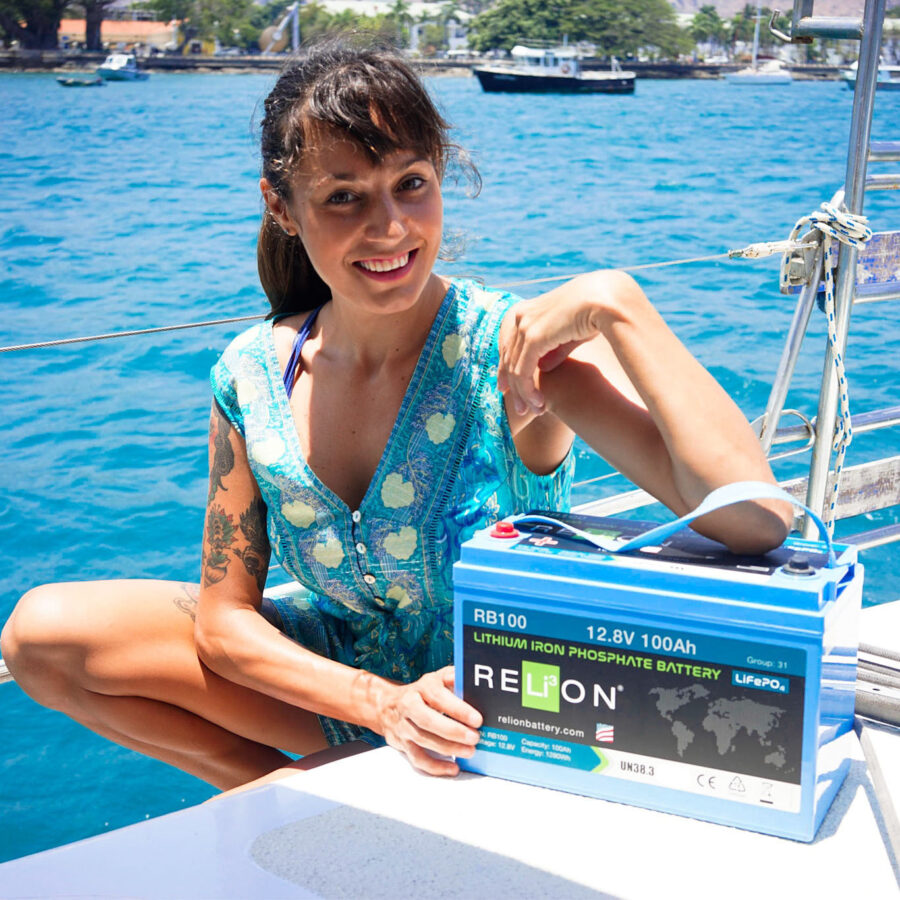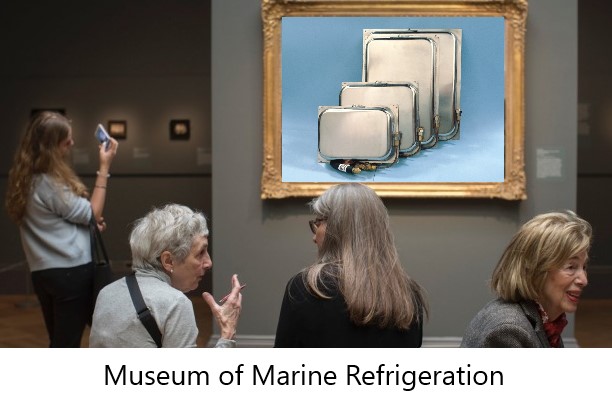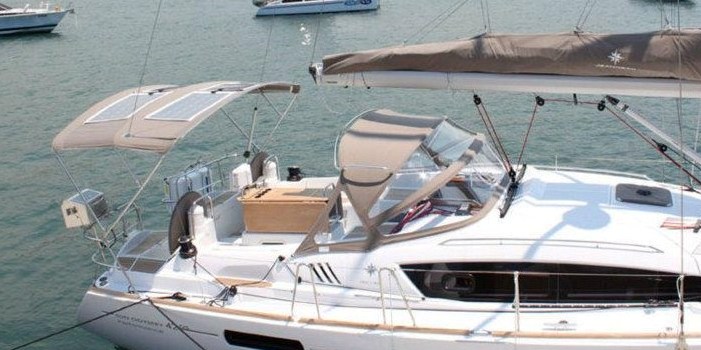
An increasingly popular question we hear at Boat Shows is "What size solar panel do I need to run the refrigeration on my boat?" Of course, this begs the question "What is your refrigeration's current draw?" which in itself may not have a set answer.
The current consumption of any refrigeration system is meaningless unless all the conditions are specified, i.e. box temperature, ambient temperature, water temperature, compressor speed, voltage, etc. The manufacturer's figures are simply average numbers; some manufacturers, like Frigoboat, attempt to give a true average figure, while others use their figures more as a marketing tool.
Making use of variable compressor speed, as Frigoboat does with the Merlin II and Guardian speed controls, and others do with the Danfoss/Secop AEO control module, brings even higher efficiency and lower overall power consumption in air- and keel-cooled systems, but is counter-productive in a pumped-water system. This is because the pump adds 25% to 35% extra current draw, and so it is best to run the compressor at full speed and get the job done as quickly as possible. The most efficient system is one using the Keel Cooler; no pump, no fan, and variable compressor speed can be used to gain even higher efficiency.
Daily consumption is measured in amp/hours per day, and you can get an idea of what to expect by using a watts meter, like Watts Up, on your refrigerator leads. These meters can tell you how many amp/hours per day a device is using, and it's best to use it over several days to get a daily average. The running consumption will vary dependent on conditions, as will the on/off cycle time, so you will need to be able to come up with an average daily amp/hr draw.
As a general rule of thumb, a solar panel with SunPower® cells will give approximately 1/3 of its rated wattage as a daily yield in amp/hrs. A panel with regular monocrystalline cells will produce about 1/4 of its wattage as daily amp/hrs, and a polycrystalline panel produces around 1/5 of its wattage rating in amp/hrs per day.
Let's take an example:
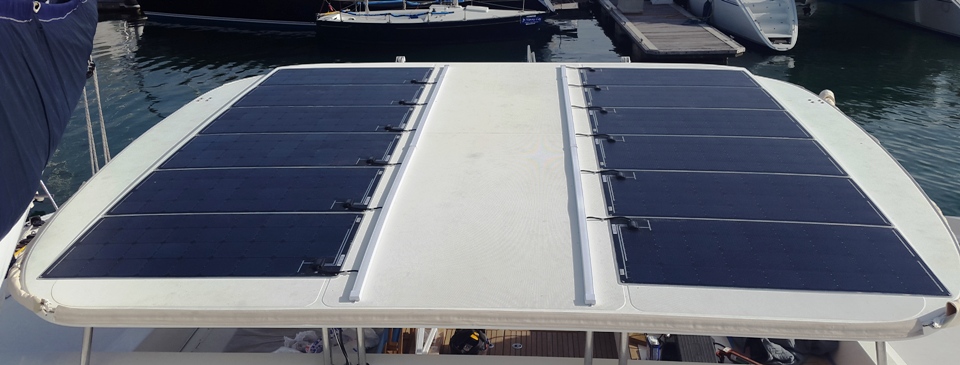 Typical marine solar panels are comprised of a number of silicon cells (normally 32+) connected together electrically in a series string. Individual silicon cells produce only around 0.6v to 0.7v, and so enough of them have to be connected together in series to produce a voltage high enough to be able to charge a 12v battery.
Typical marine solar panels are comprised of a number of silicon cells (normally 32+) connected together electrically in a series string. Individual silicon cells produce only around 0.6v to 0.7v, and so enough of them have to be connected together in series to produce a voltage high enough to be able to charge a 12v battery.

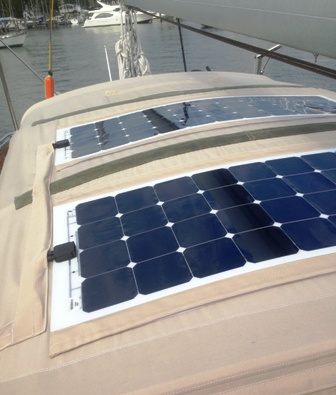
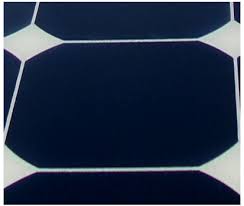

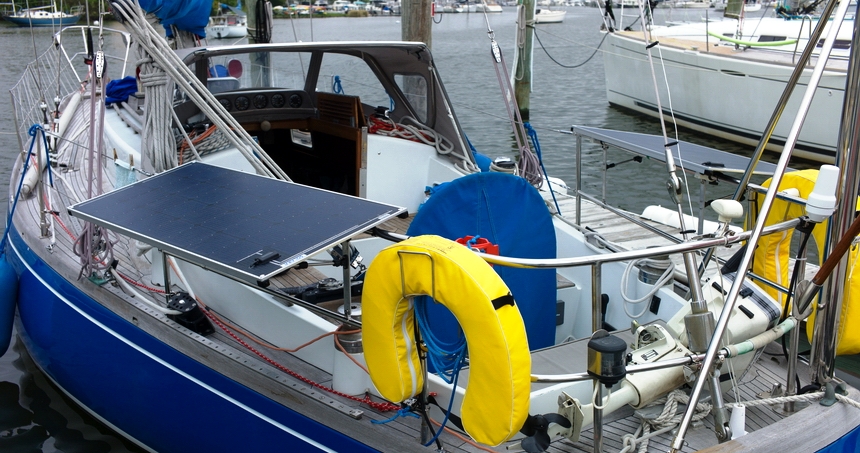
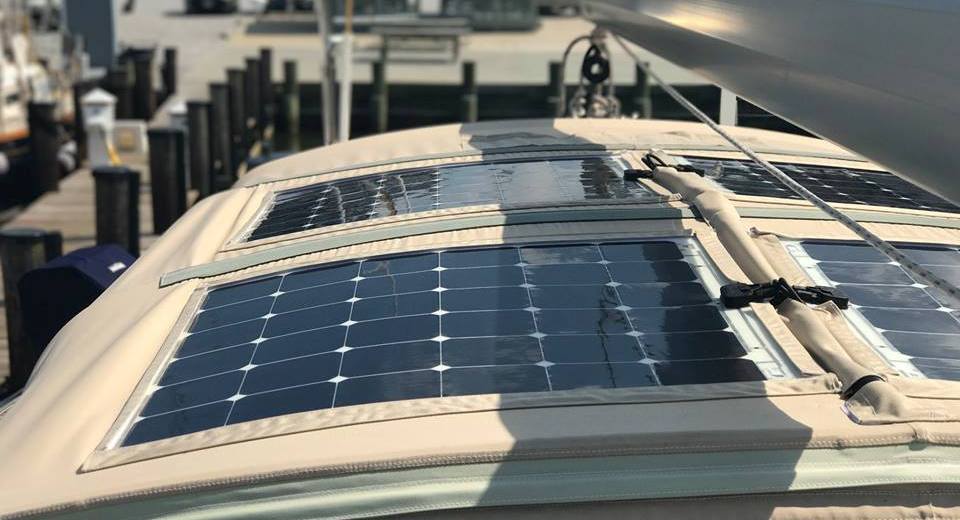
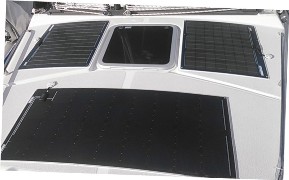
 I think we all get the idea of what a “By-Pass” is, whether it’s a by-pass road to divert traffic around a city, or a heart by-pass operation to channel blood supply around a restricted artery. So what does a By-Pass Diode do in a solar panel? Obviously it must divert something around something, but what, why, and how?
I think we all get the idea of what a “By-Pass” is, whether it’s a by-pass road to divert traffic around a city, or a heart by-pass operation to channel blood supply around a restricted artery. So what does a By-Pass Diode do in a solar panel? Obviously it must divert something around something, but what, why, and how?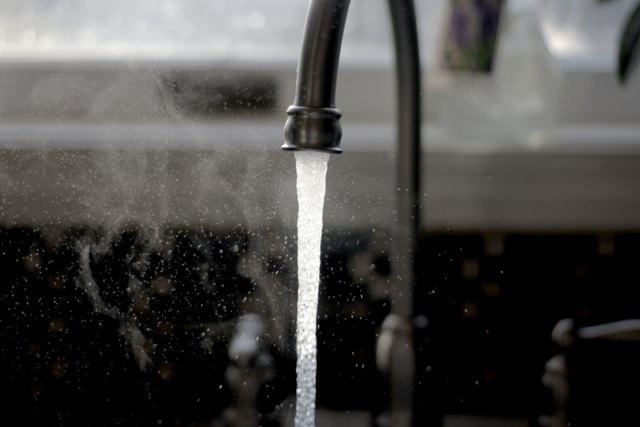
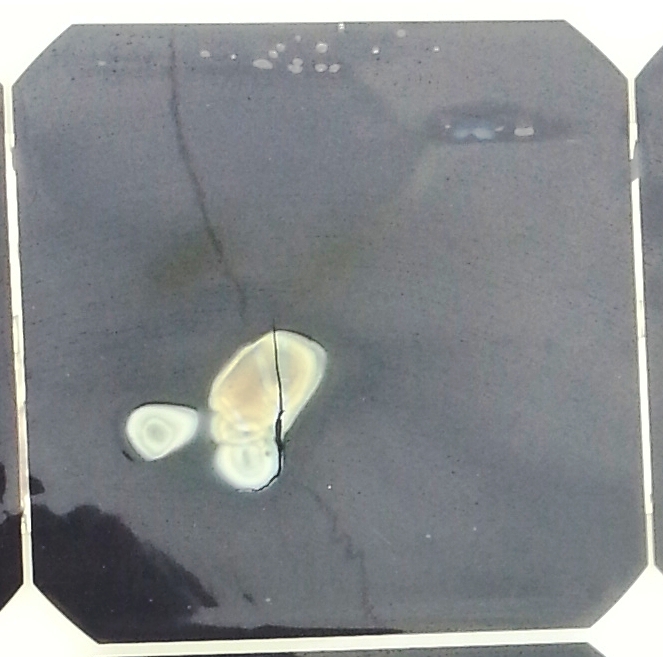 Did you know that there is an official measurement for a hairs breadth? Well, according to my conversion tables:
Did you know that there is an official measurement for a hairs breadth? Well, according to my conversion tables:
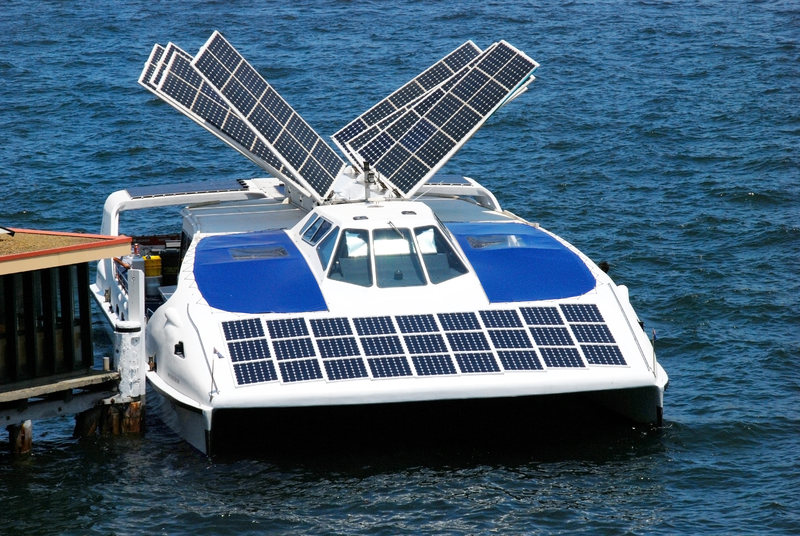

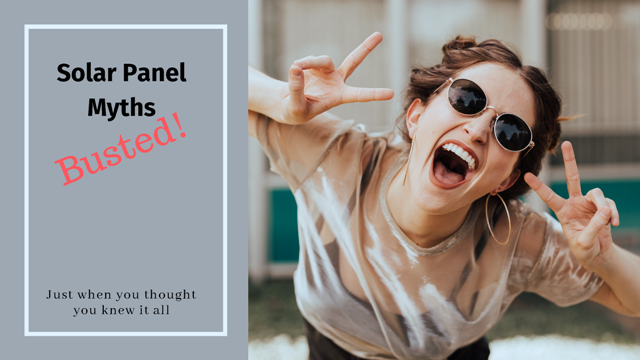 We had another highly successful show in Miami this year, with a lot of interest in our solar offerings, but we still find it necessary to spend considerable time with interested parties having to explain the what’s what of solar power for boats. Evidently there is still a lot of misinformation out there on the subject, so this seems like a good time to re-hash one of our most popular blogs from many moons ago. Here follows a list of ten myths and busts in an effort to set the record straight.
We had another highly successful show in Miami this year, with a lot of interest in our solar offerings, but we still find it necessary to spend considerable time with interested parties having to explain the what’s what of solar power for boats. Evidently there is still a lot of misinformation out there on the subject, so this seems like a good time to re-hash one of our most popular blogs from many moons ago. Here follows a list of ten myths and busts in an effort to set the record straight.
